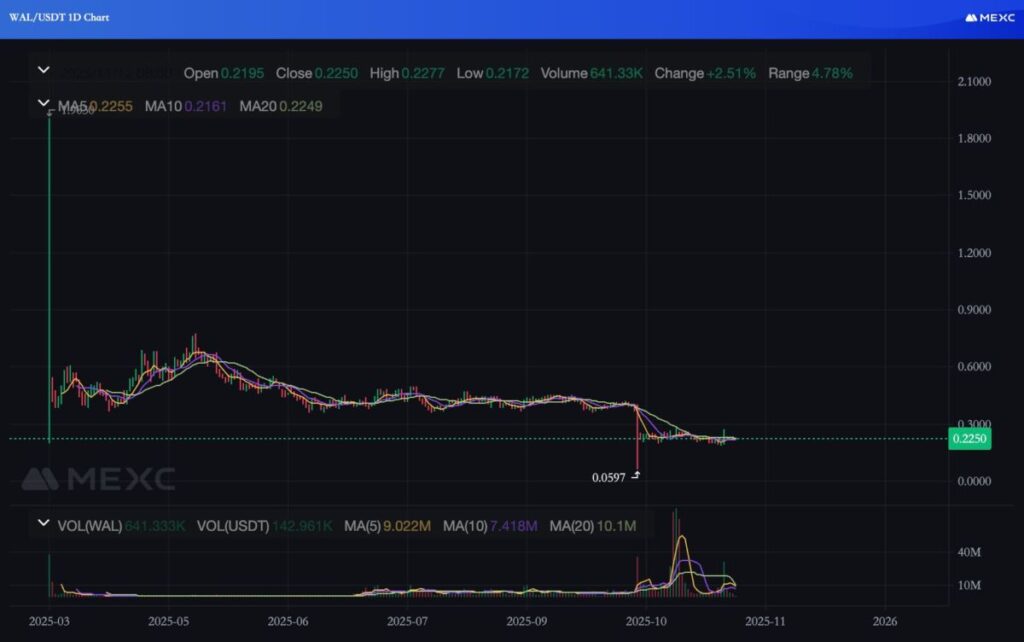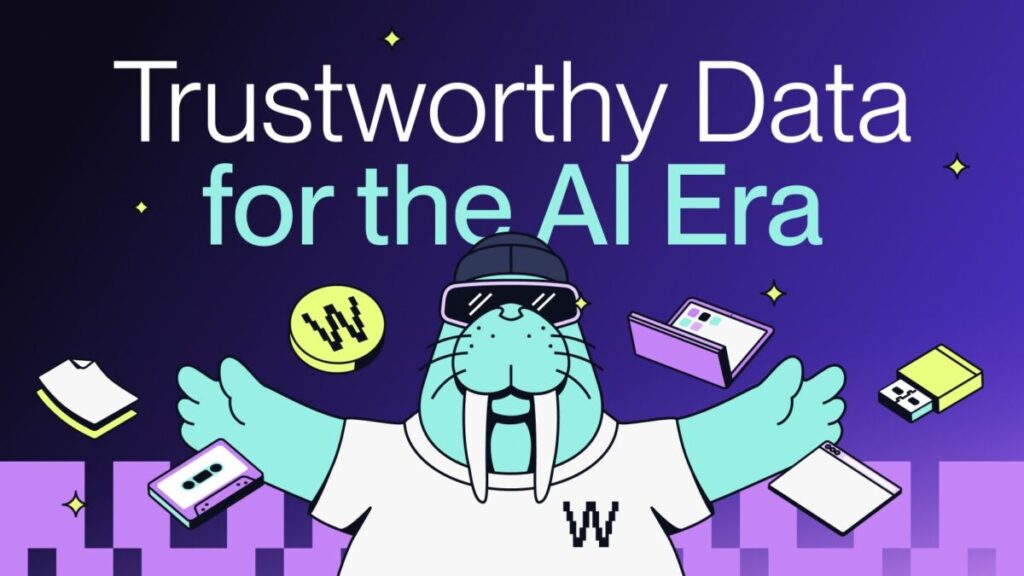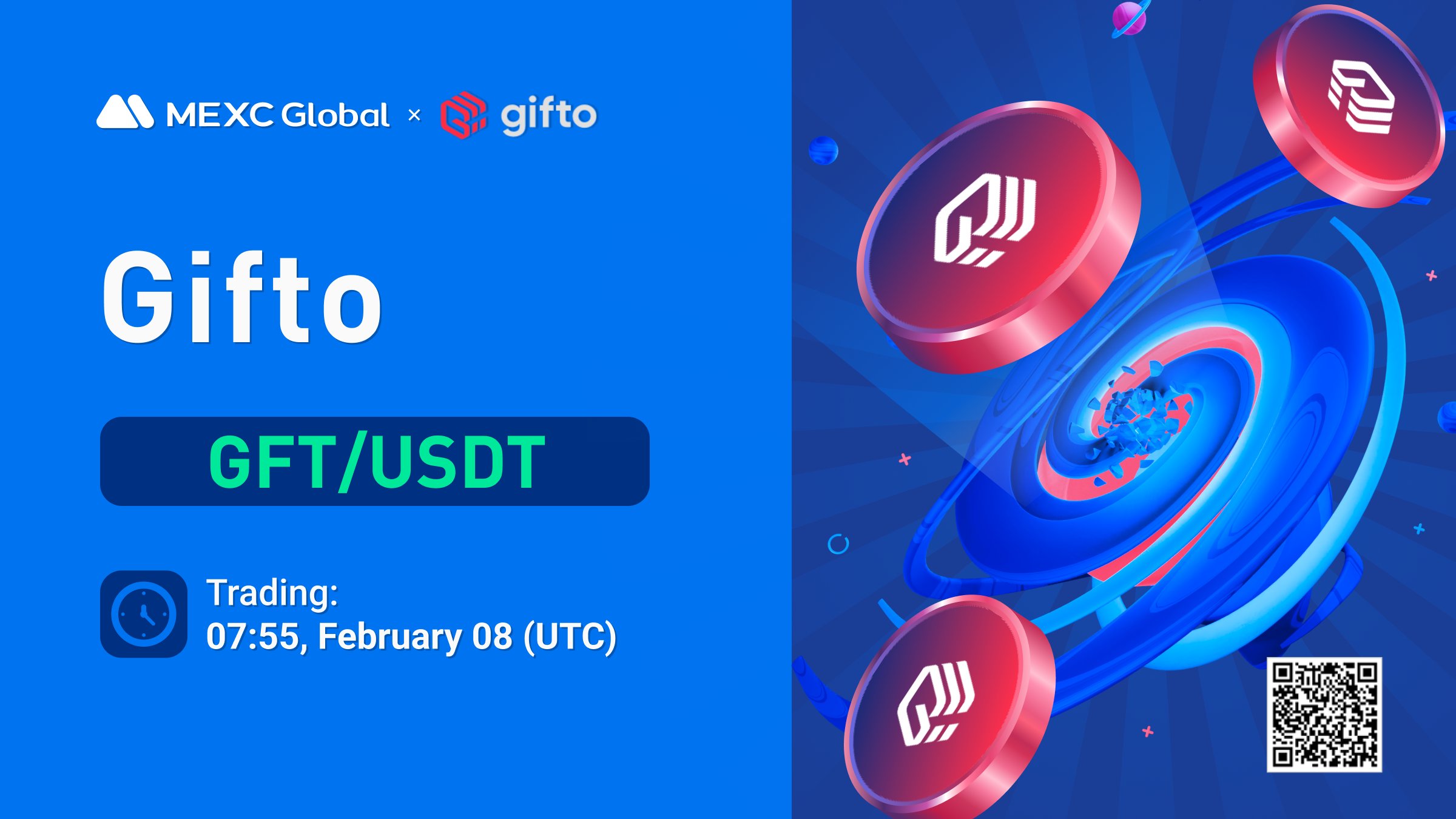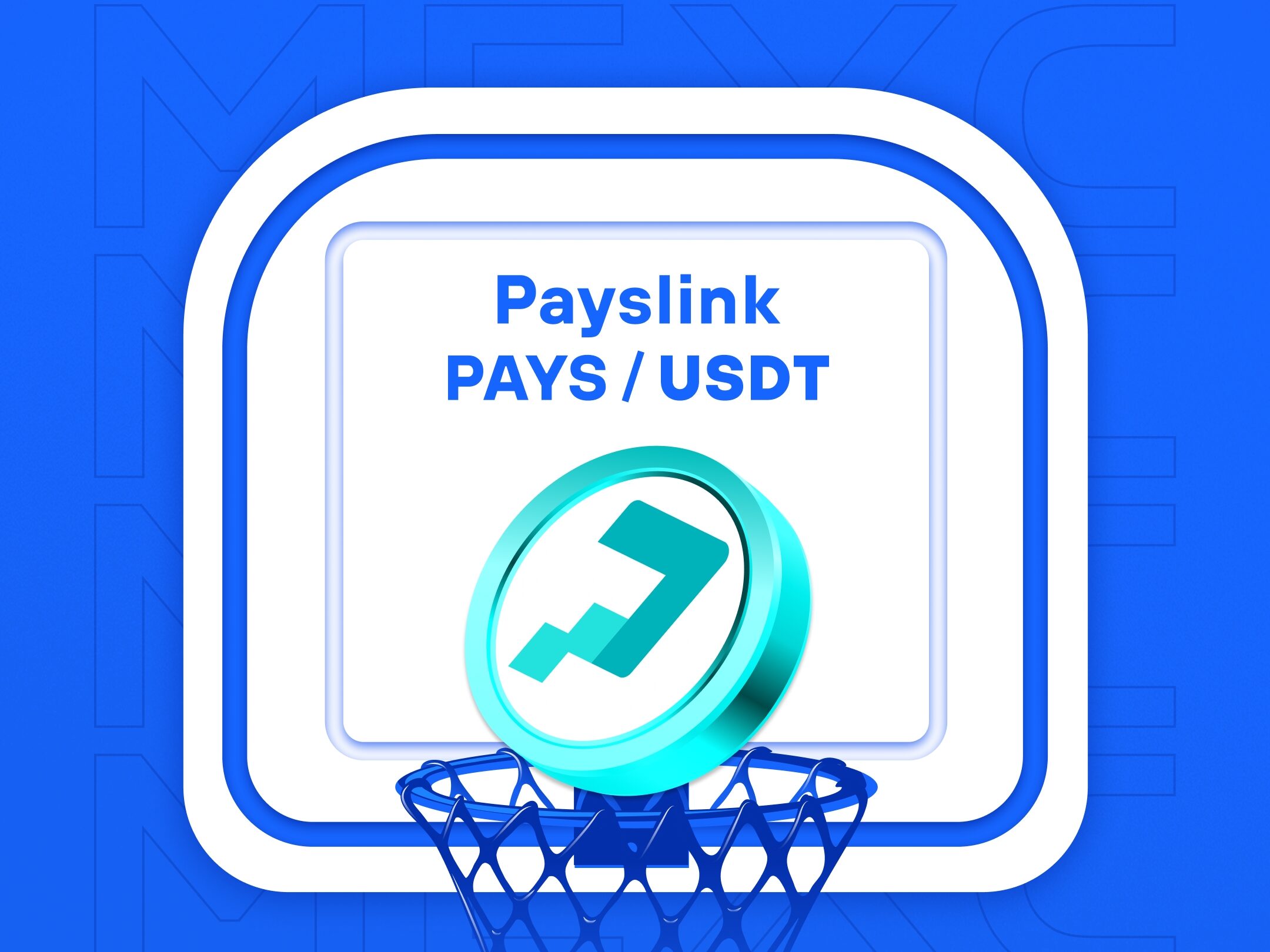- Walrus Protocol gives AI true data sovereignty. Decentralized storage with programmable privacy. WAL token powers the revolution. End of Big Tech clouds?
- Earn WAL securing decentralized storage. Stake, store, govern. Walrus turns cloud storage into a wealth engine. Your data, your gold rush.
- Walrus cuts storage costs 90% with Red Stuff. Files survive 66% node crashes. Programmable privacy at Web3 scale. The AWS killer is here.
1. Why Walrus Protocol and the WAL Token Matter
AI and big data need safe, low-cost storage. Models, ad auctions, and on-chain content all depend on it.
Traditional clouds like AWS and Google Cloud are centralized. Prices rise. Access can be censored. Privacy is hard to guarantee.
Walrus Protocol was built to fix this. It comes from Mysten Labs, the team behind the Sui blockchain. Walrus offers decentralized storage with low cost, strong security, and no single point of control.
The WAL token is the engine of the network. Users pay storage fees in WAL. Nodes stake WAL to join consensus and keep data available. Builders use WAL for incentives and governance.

(Source:MEXC )
Walrus is more than “space to store files.” It is a programmable data layer. Every write, read, and update can follow rules that run on-chain. WAL flows through this system and connects all roles.
2. Architecture and Key Innovations
Walrus uses an encoding method called Red Stuff. It is an erasure coding scheme.
A file is cut into many small pieces, called slivers, and these pieces are stored on nodes around the world.
Even if two-thirds of nodes go offline, the file can still be rebuilt from the remaining pieces.
This design lowers storage cost and raises reliability.
Compared to simple “three copies” backups, it saves a lot of space.
Each node stores only encrypted slivers, not plain files. This protects privacy and prevents leaks.
Walrus runs on the Sui blockchain and uses the Move language.
Developers can add logic at the storage layer: file expiry, paid access, private reads, or automatic deletion.
This makes Walrus not just storage, but a data infrastructure that smart contracts can control.
3. The WAL Token: Fuel for the Ecosystem
The WAL token keeps the network running:
- Payments: Users pay in WAL for storage time and bandwidth.
- Staking: Node operators stake WAL to take part in consensus and storage.
- Rewards: Validators and stakers earn WAL based on their work.
- Governance: WAL holders can vote on proposals through the Walrus Foundation.
WAL’s value links to real use.
More files stored and more apps built mean higher demand for WAL.
Fees target stable, fiat-like pricing for storage, so users get predictable costs even if token prices move.
4. Ecosystem and Real-World Use
Walrus already supports live projects across AI, advertising, and creator tools.
- OpenGradient stores over 1 TB of AI datasets for model training and sharing.
- Alkimi Exchange writes ad bidding and settlement data to Walrus for transparent audits.
- ReMeme lets users create and remix memes on-chain. Content lives on Walrus, and creators can earn WAL.
There are more partners too, such as Collective Memory and Talus AI.
Walrus also runs the Haulout Hackathon and RFP programs. These bring funding and support to new builders and speed up ecosystem growth.
5. Team Strength and Market Position
Walrus is built by Mysten Labs, creators of Sui. Key members include:
- Evan Cheng (CEO) – former Apple and Meta engineering leader.
- Adeniyi Abioye (CPO) – product and ecosystem expert.
- Sam Blackshear (CTO) – creator of the Move language.
This background brings strong engineering and security standards.
The Walrus Foundation oversees governance. Votes happen on-chain.
The network uses Delegated Proof of Stake (DPoS), so any WAL holder can delegate and share rewards.
Walrus competes with Filecoin, Arweave, and IPFS.
Its edge is lower cost, higher performance, and programmable storage with privacy features.
This fits high-growth areas like AI data, advertising, and Web3 content.
6. Risks and the Road Ahead
Walrus still faces challenges:

(Source:X)
- Node concentration in early stages can reduce decentralization.
- Regulation and compliance are complex for cross-border, encrypted data.
- Economic sustainability must balance rewards and long-term costs.
- Technical dependence on Sui could slow multi-chain rollout if not managed well.
The team is working on these issues. Plans include broader multi-chain support (e.g., Ethereum and Solana), stronger privacy modules (Seal and Nautilus), and more nodes to improve distribution.
Looking forward, Walrus aims to be the data backbone for AI, content, ads, social, and open data markets.
The WAL token will remain the core fuel that coordinates payments, security, and governance.
Walrus Protocol turns storage from a passive service into an active, programmable network.
It balances cost, speed, and security, while the WAL token drives incentives and decision-making.
As Web3 puts more focus on data ownership and privacy, Walrus offers a clear path: let users control data, let apps compose data logic, and let value flow openly and safely.
Read More:
Join MEXC and Get up to $10,000 Bonus!
Sign Up


